Filipino prodigies ready to shine at the 2nd Int'l Nuclear Science Olympiad in Malaysia
- Details
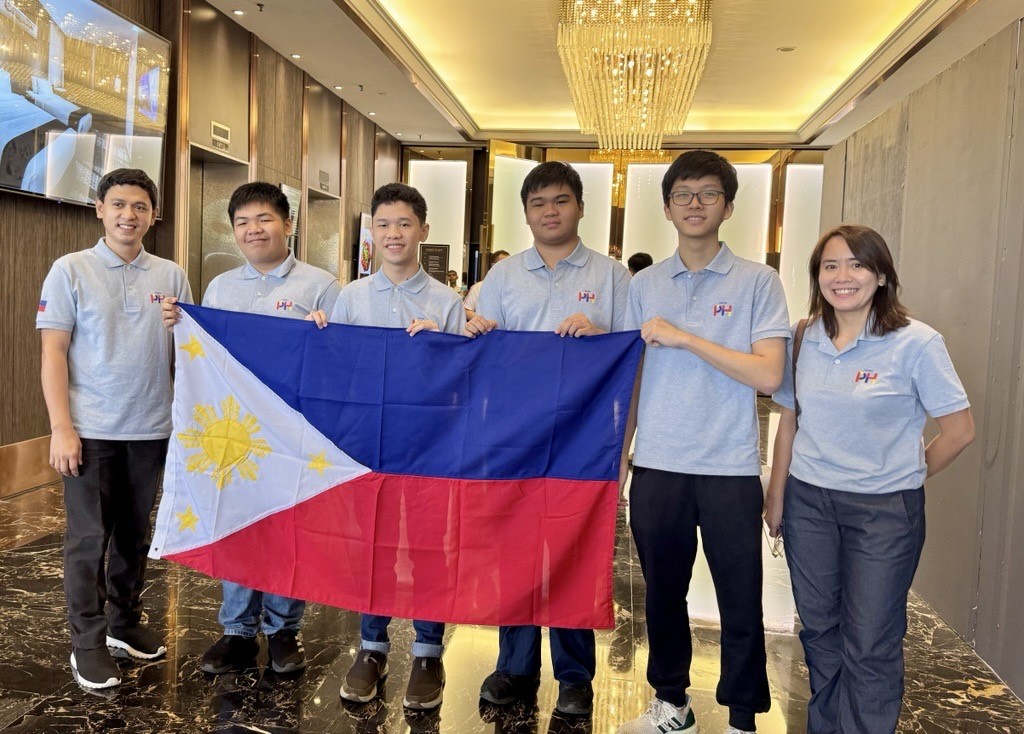
The Philippine delegation to compete in the 2nd International Nuclear Science Olympiad
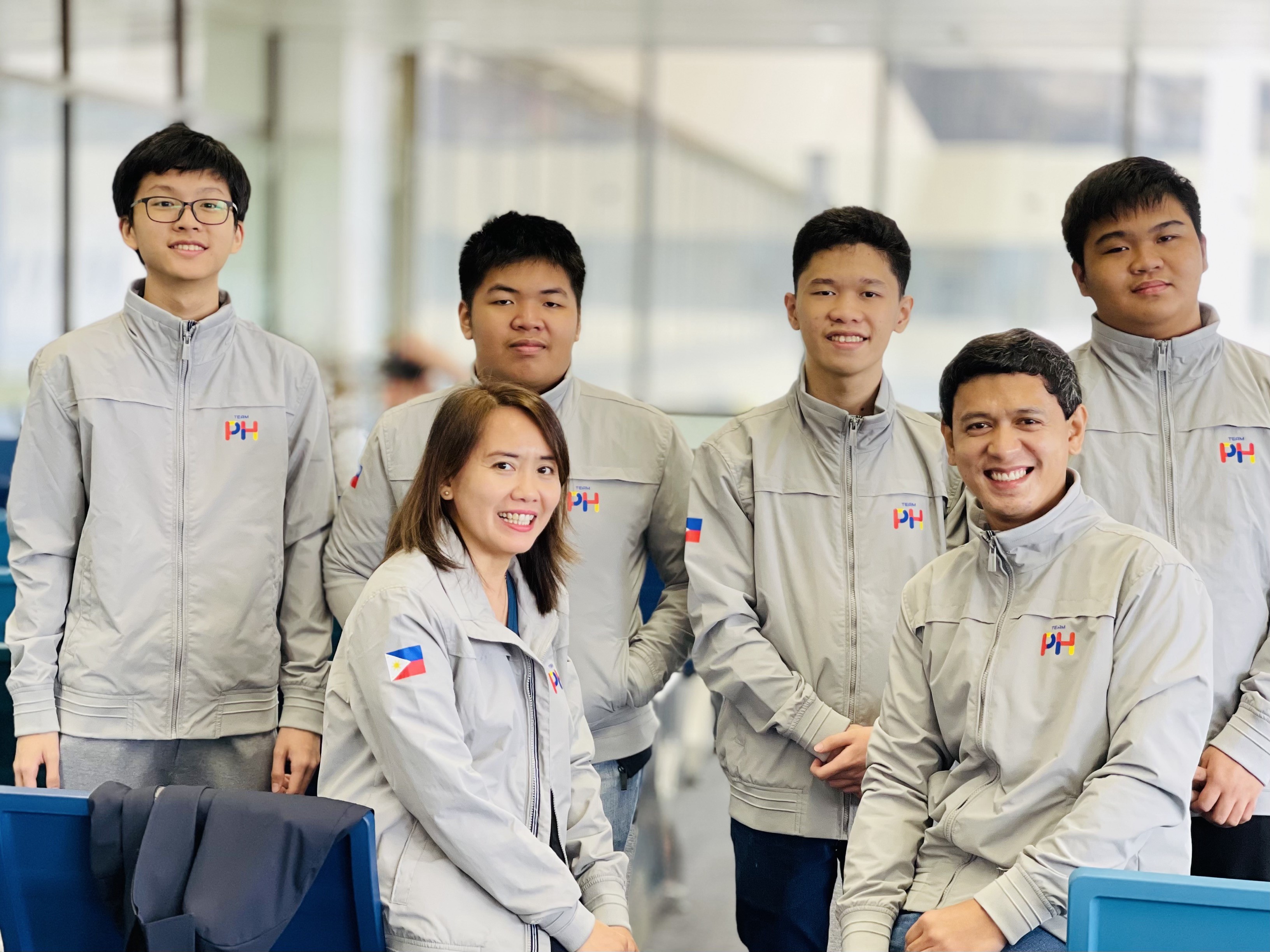
The 2nd INSO Philippine team (back row, from left) Wins Keinrich Chen of Saint Jude Catholic School, Nouel Christian Amaguin of Manila Science High School, Shaun Mannix Yap of Saint Jude Catholic School, Jeremiah Auza of Philippine Science High School - Central Visayas Campus, together with their coaches (front row, from left) Ms. Kristine Marie Romallosa-Dean and Mr. Jeffrey Tare of DOST-PNRI.
Filipino prodigies ready to shine at the 2nd Int'l Nuclear Science Olympiad in Malaysia
A contingent of promising young Filipino nuclear science enthusiasts departs for Malaysia today to represent the Philippines at the 2nd International Nuclear Science Olympiad (INSO) to be held July 31 to August 6, 2025 in Bangi, Selangor, Malaysia.
Following the successful hosting of the inaugural International Nuclear Science Olympiad (INSO) in the Philippines in 2024, the competition now moves to Malaysia for its second leg. The 2nd INSO aims to continue its vital mission: advancing nuclear education and fostering global collaboration in the peaceful applications of nuclear science and technology.
Team Philippines for INSO 2025 comprises a quartet of bright young nuclear science prodigies, namely Wins Keinrich Chen of Saint Jude Catholic School, Shaun Mannix Yap of Saint Jude Catholic School, Jeremiah Auza of Philippine Science High School - Central Visayas Campus, and Nouel Christian Amaguin of Manila Science High School.
These exceptional students are accompanied by their dedicated coaches from the Department of Science and Technology - Philippine Nuclear Research Institute (DOST-PNRI) who have meticulously prepared them for this international challenge. Along with participants from various countries, the Philippine contingent will undergo both experimental and theoretical examinations during the Olympiad.
Building on the success of the 1st INSO in 2024, the team aims to likewise obtain golds and silvers to take home.
Read more: Filipino prodigies ready to shine at the 2nd Int'l Nuclear Science Olympiad in Malaysia
Experts laud Filipino advances at E-Beam Technology Summit
- Details
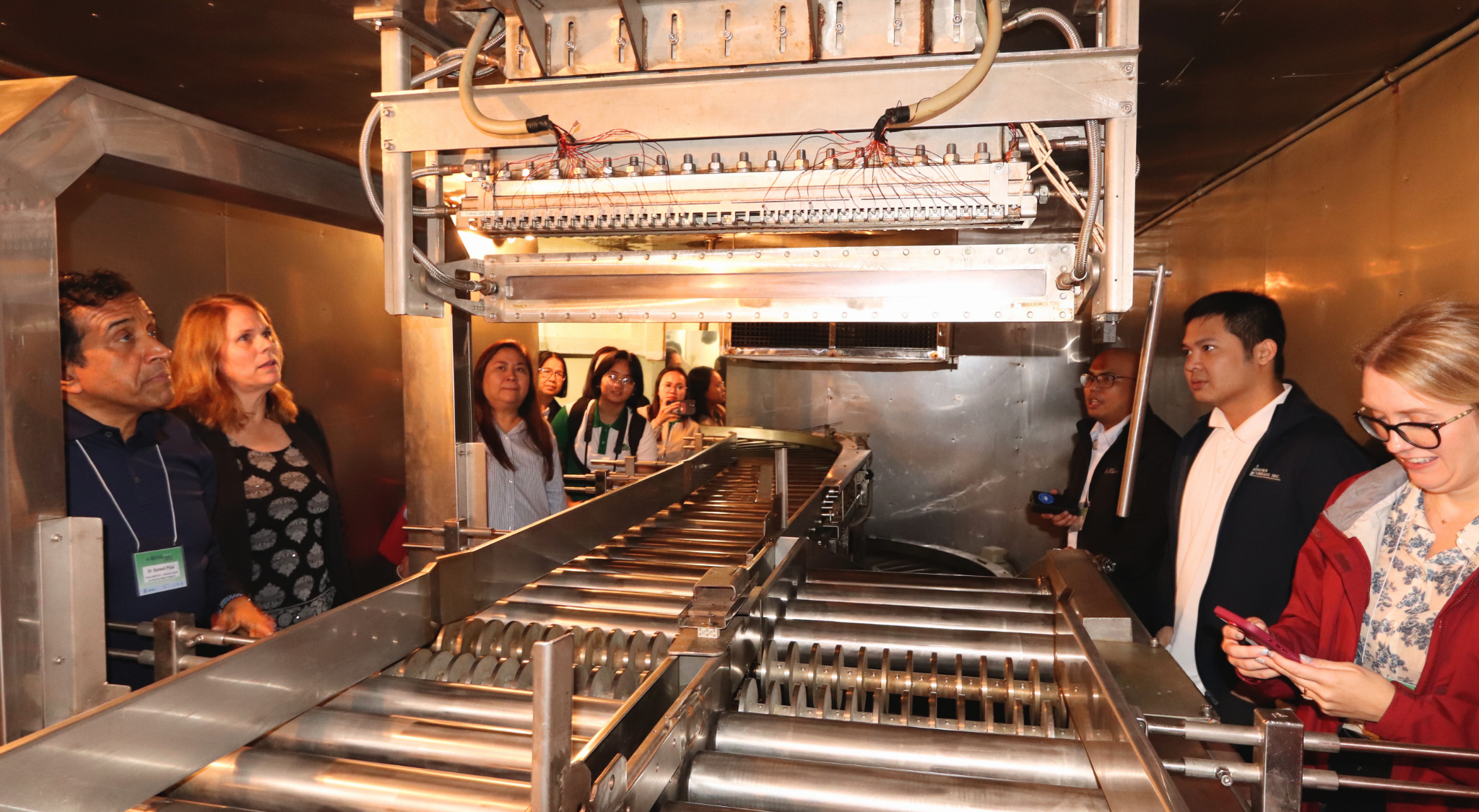
Local and international radiation processing experts visit the irradiation room of ISI E-Beam's, state-of-the-art facility in Tanay, Rizal - the first commercial-scale electron beam irradiation facility in the country.
Experts laud Filipino advances at E-Beam Technology Summit
Exploring the increasing role of radiation processing to improve the country's industrial competitiveness, international specialists met with local researchers, potential investors and members of the media during the Electron Beam Technology Summit from July 24-25, 2025.
The summit, which serves as the main portion of an expert mission by the Regional Cooperative Agreement for Research, Development and Training Related to Nuclear Science and Technology for Asia and the Pacific (RCA), aims to promote the use of electron beams, or e-beams, in processing various industrial or commercial products, particularly to allow these to pass quality standards for export as well as domestic sale, use and consumption.
In particular, e-beams are being used worldwide for decontaminating food and raw materials, sterilizing medical products, quarantine and phytosanitary treatment of agricultural produce, improving the quality of wires, tires and cables, and extending the shelf-life of all kinds of products.
Read more: Experts laud Filipino advances at E-Beam Technology Summit
DOST’s plastic upcycling technology up at Nat’l R&D confab
- Details
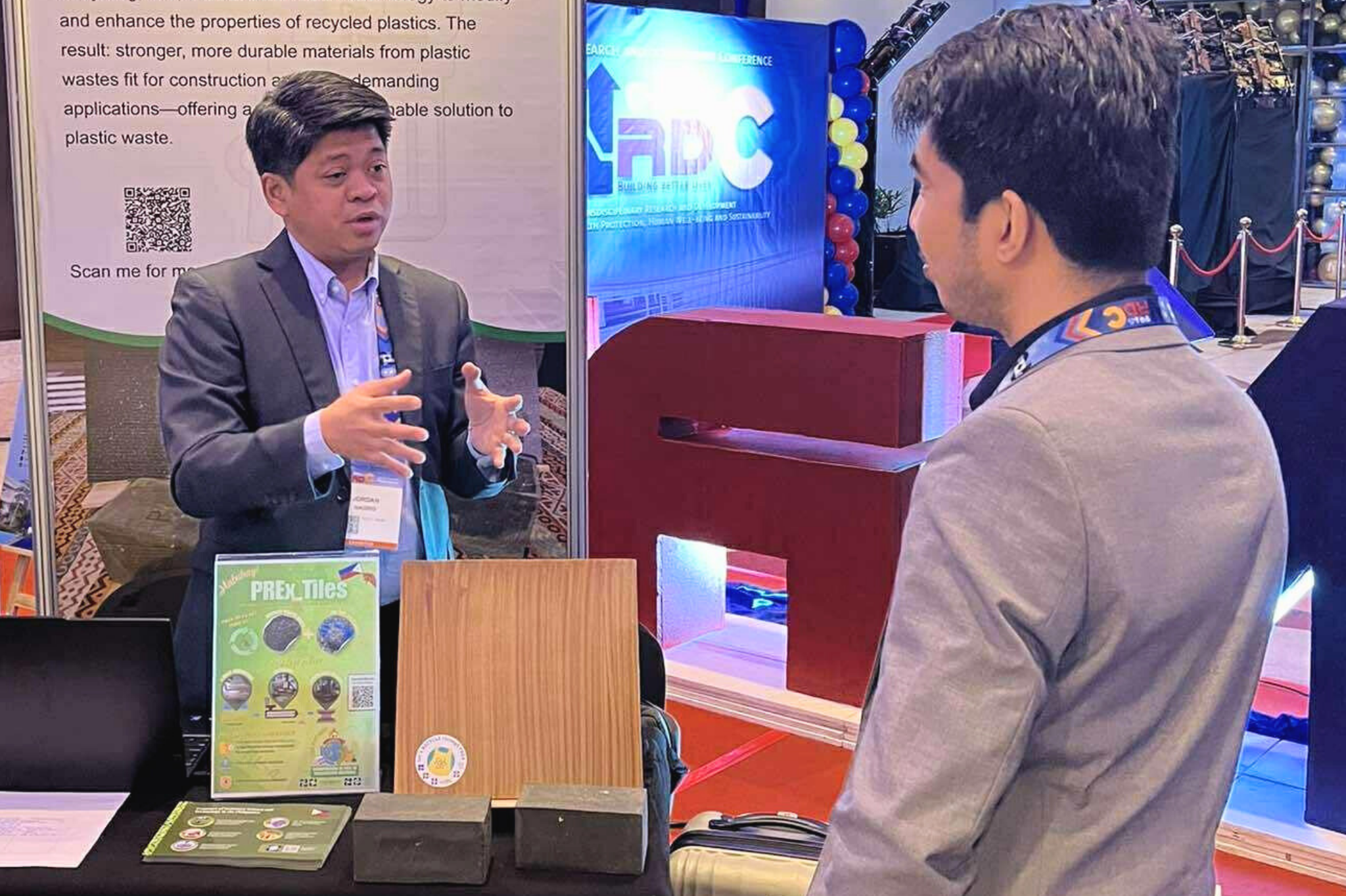
PNRI Career Scientist Dr. Jordan Madrid explains the radiation technology behind the plastic recycling initiatives of DOST-PNRI
DOST’s plastic upcycling technology up at Nat’l R&D confab
The mounting problem of plastic wastes has now found a solution. Through radiation technology, certain types of plastics can be made stronger, denser, and with enhanced properties. This technology is used by researchers in a project called Post Radiation Reactive Extrusion of Plastic Waste, or simply PREX, at the DOST-Philippine Nuclear Research Institute to turn plastic wastes into durable construction materials.
At the 8th National Research and Development Conference held on July 23-24, 2025 at the Manila Hotel, the DOST-PNRI exhibit booth demonstrated the advantages of radiation technology and how it makes plastic wastes useful to the society.
Read more: DOST’s plastic upcycling technology up at Nat’l R&D confab
Miss Philippines Earth QC bats for clean energy, including nuclear
- Details
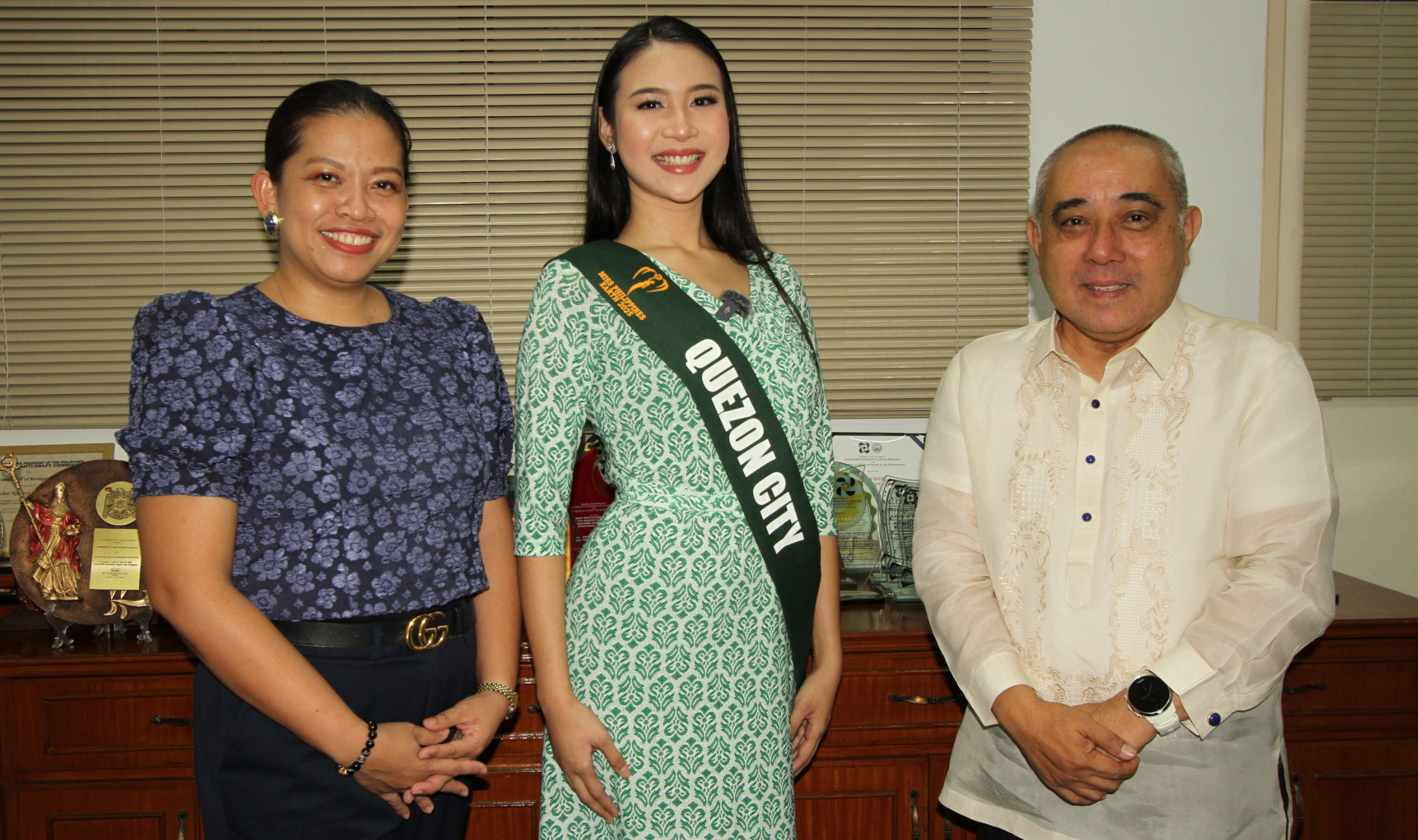
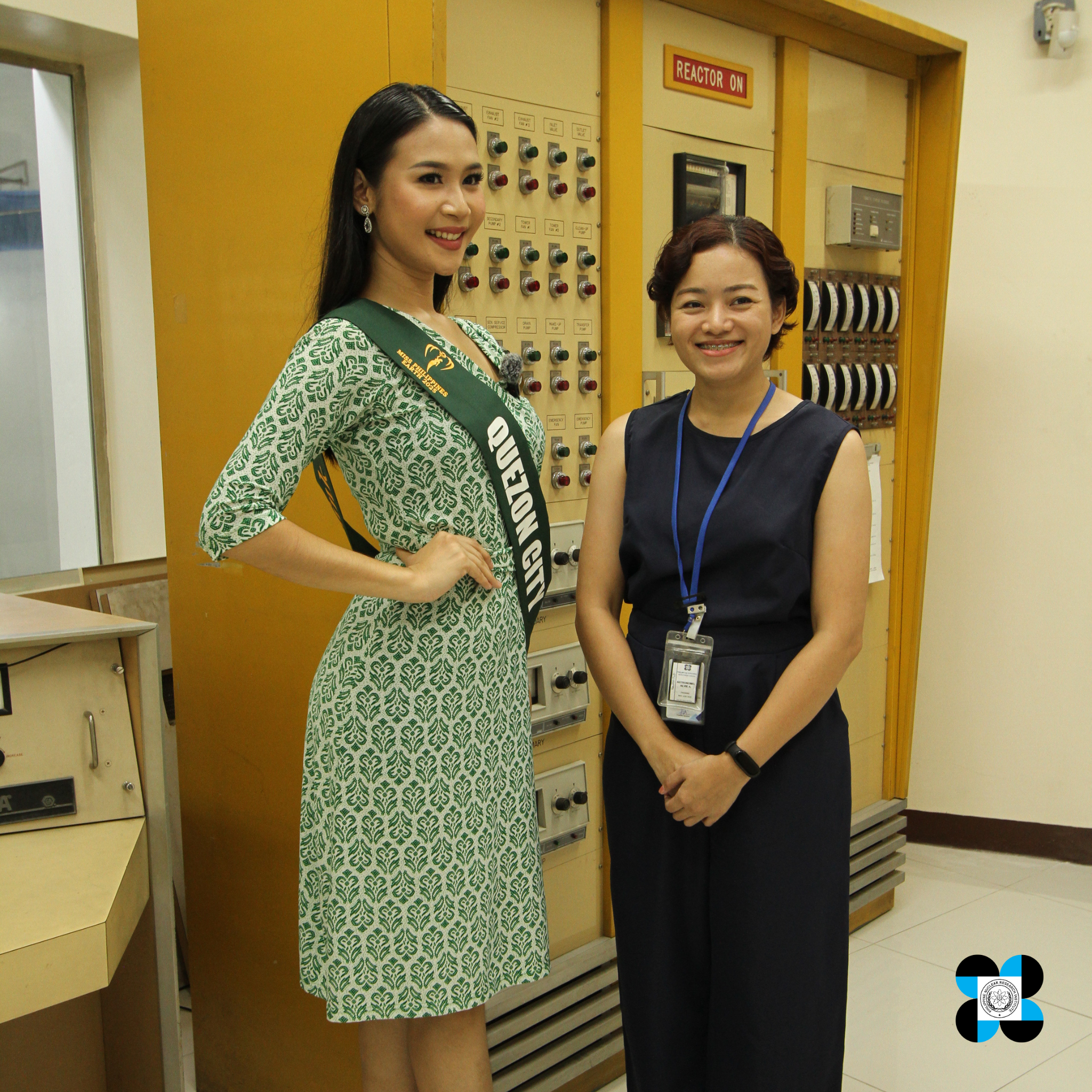
Miss Philippines Earth 2025 Ms. Zoe Beatriece Punongbayan Cruzada during her courtesy visit with PNRI Director Dr. Carlo Arcilla and Deputy Director Dr. Vallerie Ann Samson (above photo) and during her visit to the PRR-1 SATER facility with Career Scientist Dr. Alvie Astronomo (bottom photo)
Miss Philippines Earth QC bats for clean energy, including nuclear
Quezon City representative for Miss Philippines Earth 2025 Ms. Zoe Beatriece Punongbayan Cruzada pays a courtesy visit to the Department of Science and Technonogy - Philippine Nuclear Research Institute (DOST-PNRI) to strengthen her advocacy of clean energy that includes nuclear power and its advantages for the country.
Formerly working for PNRI's Nuclear Materials Research Section, the aspiring beauty queen aims to increase awareness among Filipinos of the benefits of the Atom as among the viable alternatives to fossil fuels, as well as to help address the longstanding myths and misconceptions involving nuclear and radiation technology.
Aside from visiting the Institute's leading officials, she also took the opportunity to visit the Philippine Research Reactor - 1 Subcritical Assembly for Training, Education and Research (PRR-1 SATER), seeing firsthand the first and only operating nuclear training facility in the Philippines.
Read more: Miss Philippines Earth QC bats for clean energy, including nuclear












































